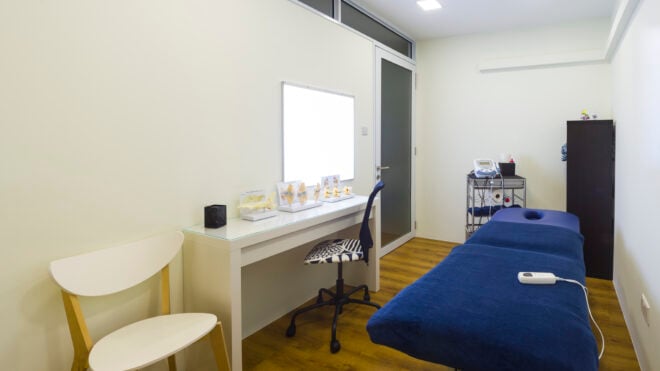It's a scenario that happens to more people than you might imagine: You're out somewhere, in public, and suddenly, you have to go.
But where most people can swing the stall door shut and go about their business, for possibly up to 7 percent of the American population, it's not quite that simple.
Although we're not entirely sure of the numbers, a condition known as "shy bladder" may affect up to 21 million Americans.
Technically, it's called paruresis, and is considered a form of social anxiety characterized by the inability to urinate in public or if you know someone is aware, such as collecting a urine sample at the doctor's.
Coupled with the discomfort of not being able to pee when you really have to, shy bladder is also a source of embarrassment and shame for those who experience it.
But simply holding it until you're home isn't the best option. For one thing, holding in urine can put strain on your kidneys and lead to health issues later on. Plus, it's hard to enjoy your day while you really have to go!
Below are some tips for training yourself to be comfortable enough to go even in a public restroom. Shy bladder doesn't have to be chronic, and many people have experienced being uncomfortable or unable to pee in public.
So whether this is something you struggle with regularly, or have only experienced once or twice, check out the tips below and let you bladder relax!
Cover photo via Flickr / Quinn Dombroski
What Does Having A "Shy Bladder" Mean?
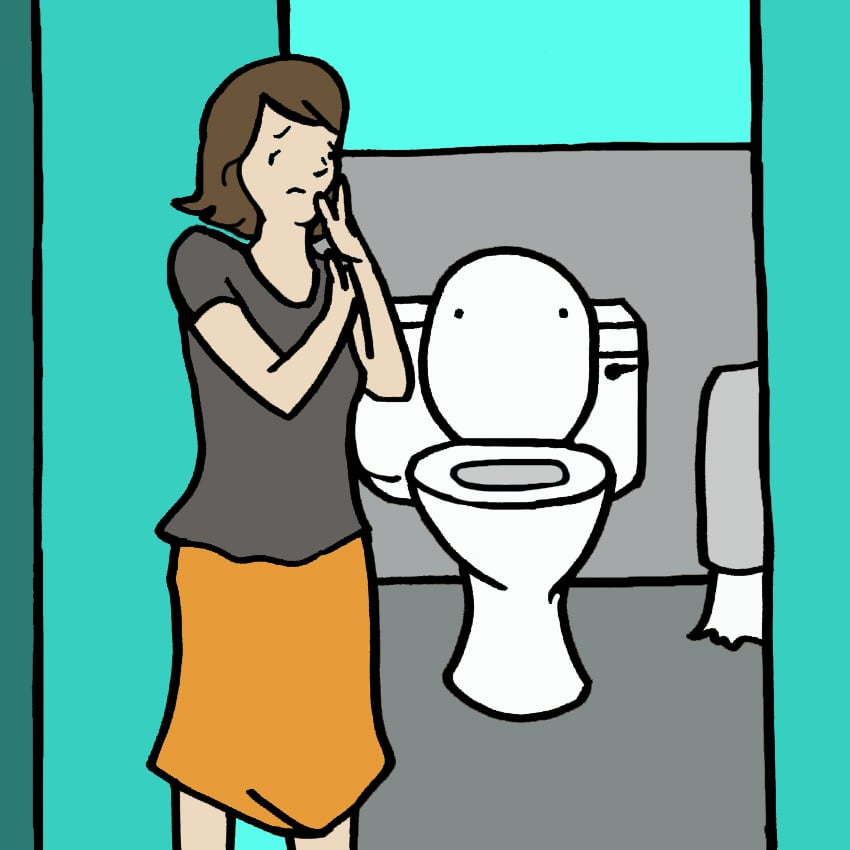
Paruresis, commonly known as "shy bladder," is the inability to urinate (even when you have to go) in public settings, or even if there's a feeling that someone may be around.
Some people experience it chronically, while others may only experience a few isolated instances.
For the most part, paruresis is linked to fears of being judged, being humiliated, and shame regarding the body, and is considered a phobia.
What Are The Health Risks Of A Shy Bladder?
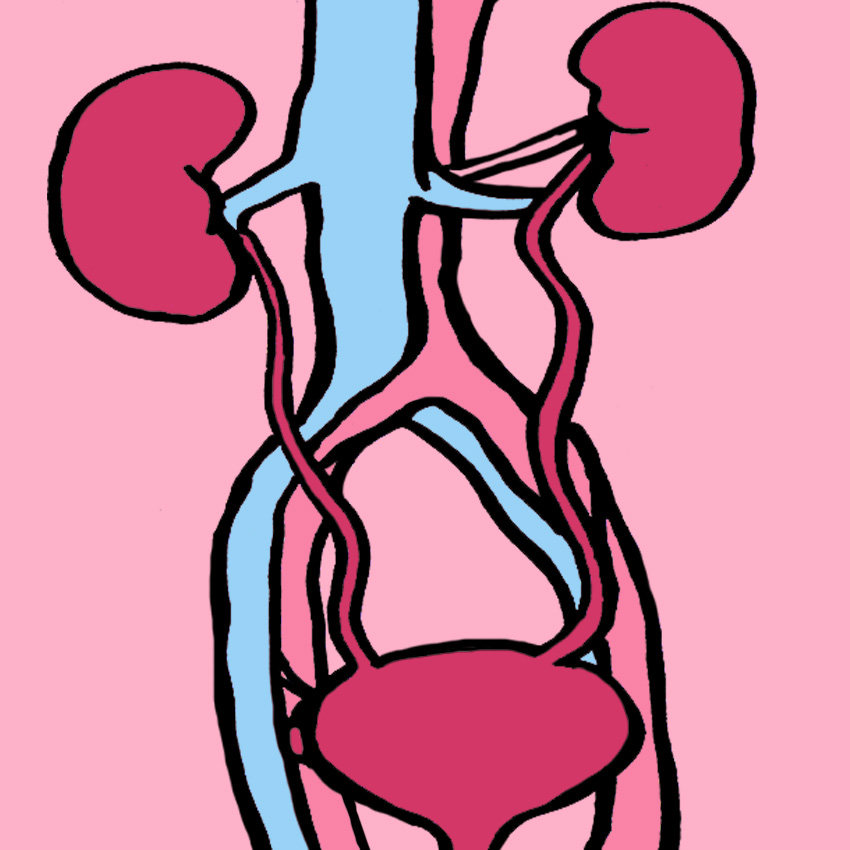
Besides the stress and anxiety, and the discomfort of being unable to pee when you really have to, there are also health problems associated with shy bladder.
Holding in urine puts strain on the kidneys and bladder, and prevents toxins from leaving the body. It can also affect bladder control and lead to incontinence.
Other times, people with shy bladders avoid drinking liquids, which can lead to dehydration.
How Can Shy Bladder Be Helped? Shy Bladder Tip #1: Practice Relaxation Techniques
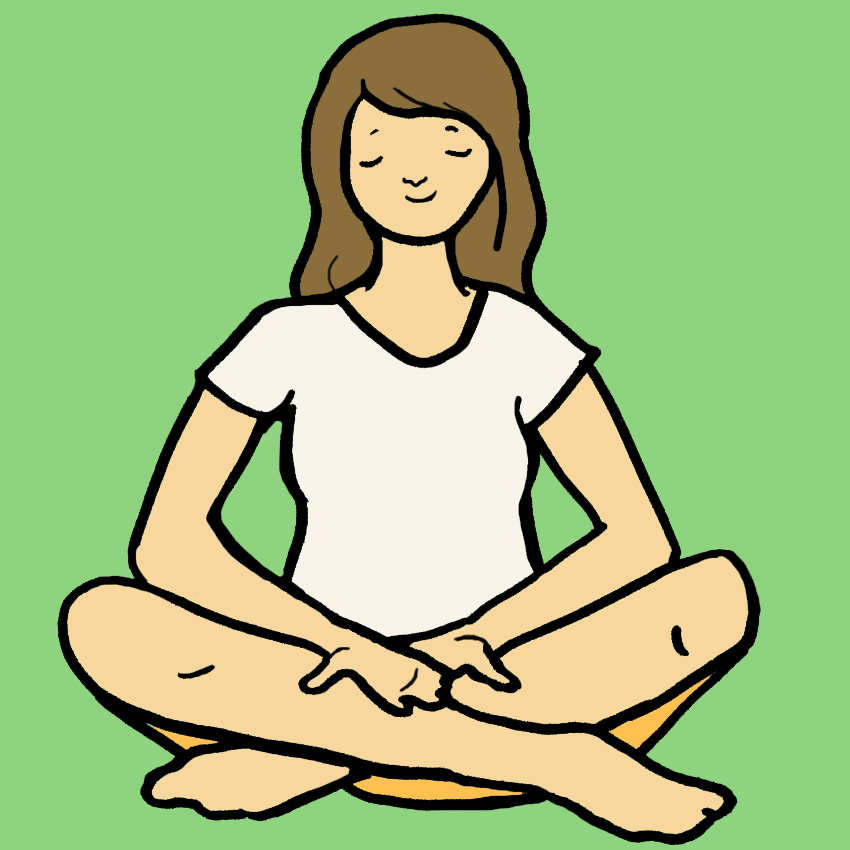
Anxiety causes the body to tense, which can prevent urination from happening naturally and easily.
Learning to relax your body, as well as your mind, is a great first step in getting over a shy bladder, and helps with handling the rest of your stress, too.
Try some simple breathing exercises, meditation, or even yoga. Whatever works for you. Start at home, and then try it in public or in more stressful situations to learn how to bring yourself to a calmer state of mind.
Shy Bladder Tip #2: Trust Your Body And Its Instincts
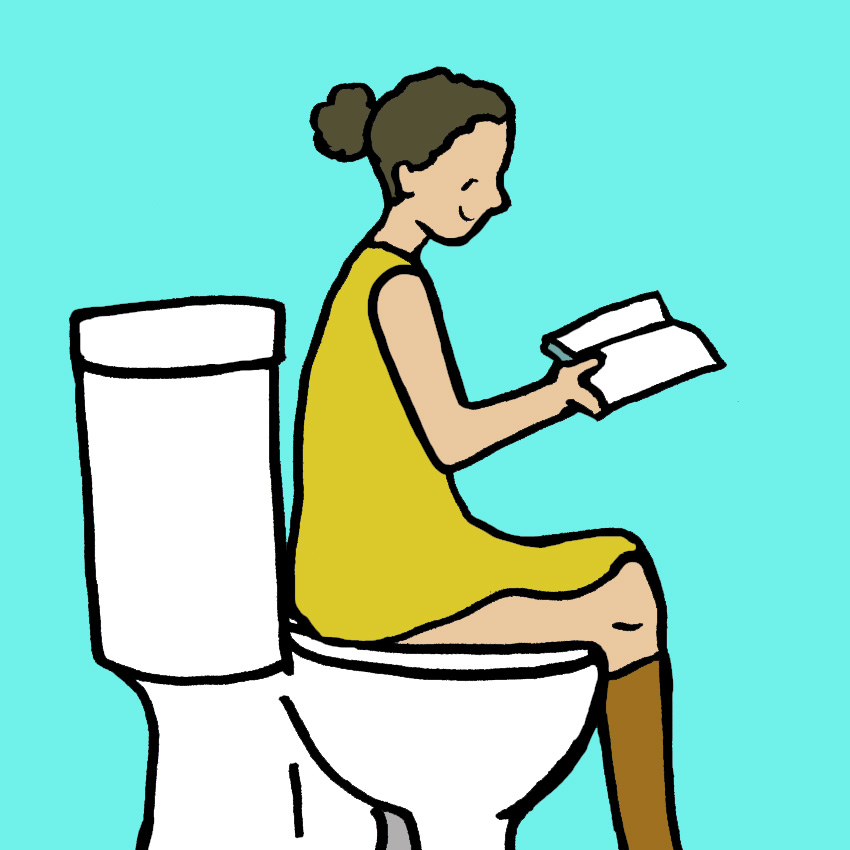
The cool thing about peeing is that your body takes care of it for you. While it's not the most glamorous thing in the world, it's an important part of life.
Learning to relax will help you let your body take care of its natural functions more easily. To that end, try distracting yourself if you might feel anxious in the bathroom.
Bring a book or play a game on your phone, or simply concentrate on your breathing.
Shy Bladder Tip #3: Don't Hover Over The Seat
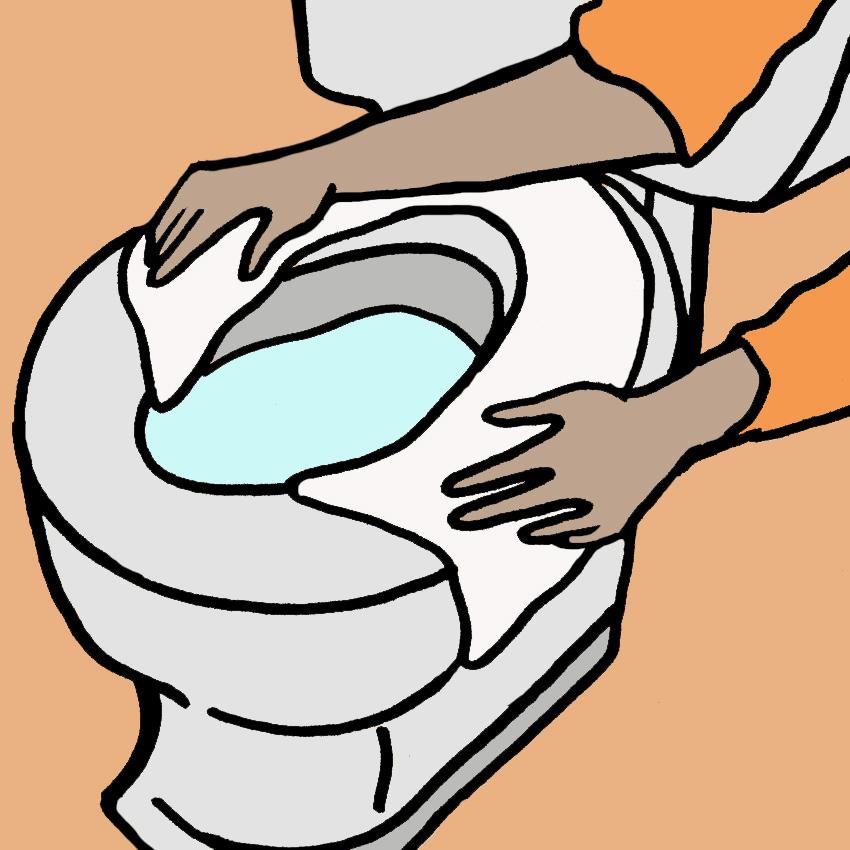
Many women practice the "hover" method in public restrooms to keep from touching the surface of the toilets.
However, the crouching position can cause pelvic muscles to tense, which can make peeing all the more difficult.
Instead, try lining the seats of public toilets with seat liners, toilet tissue, or even give it a quick rubdown with hand sanitizer.
Shy Bladder Tip #4: Imagine A Bathroom You Know And Love
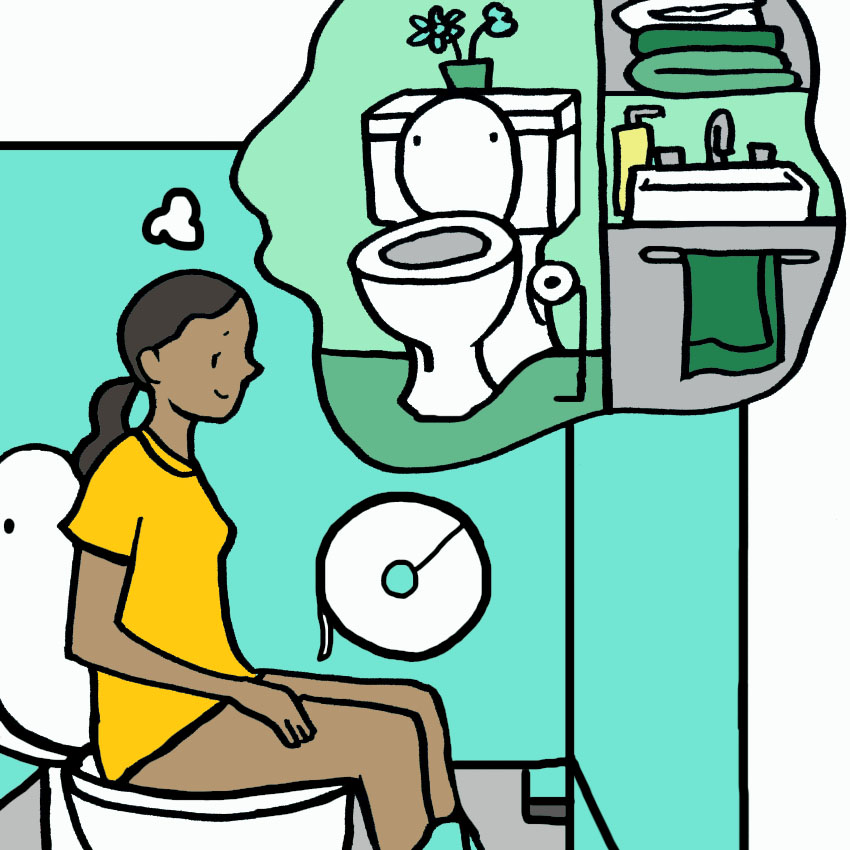
Many people with shy bladders only really feel comfortable going in bathrooms they feel comfortable in, namely the ones in their homes.
If you're in an unfamiliar place, try simply thinking of your favorite bathroom. Try to really imagine every little detail and let your body take care of business.
What kind of soap is in the dish? What color are the towels today? Concentrate on this, and your body will be able to relax and go.
Shy Bladder Tip #5: Map Out The Restrooms
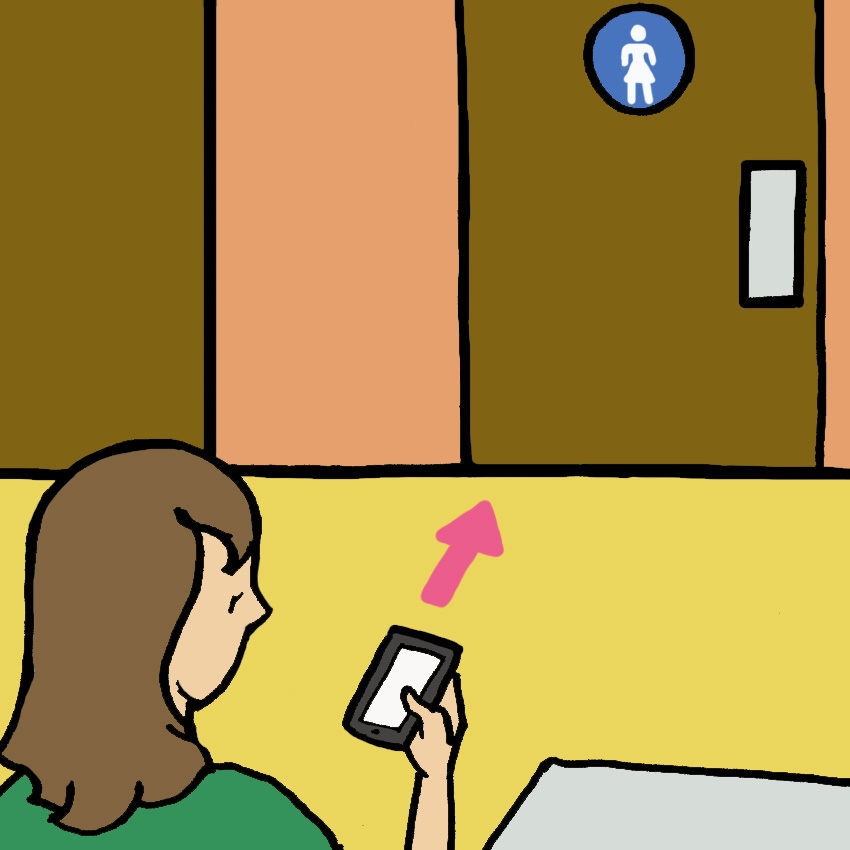
They actually make apps that let you know where all the bathrooms in the areas are, and some point out which are single-use bathrooms and which are multiple stalls.
Since shy bladder is linked to being in proximity to other people, apps like this can help, especially in new places, and help people feel comfortable should they feel the need to go.
Shy Bladder Tip 6: Ramp Up Your Exposure
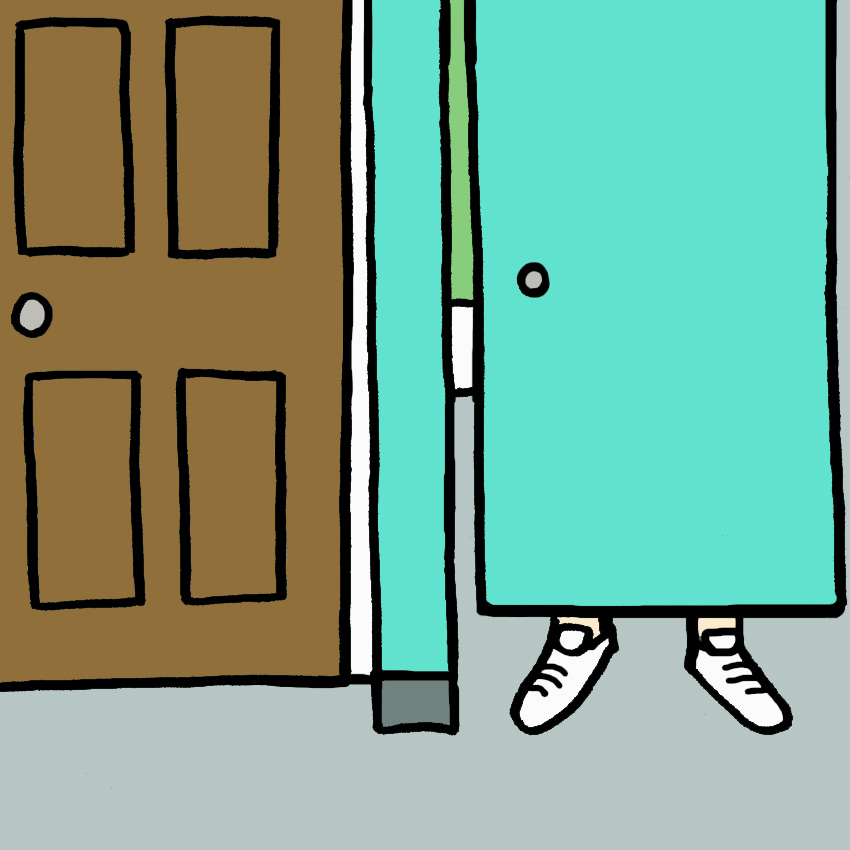
Like most things, getting over a shy bladder is all about practice and exposure. That means that it's best to take gradual steps.
So if you're only comfortable going at home, try slowly getting used to public restrooms. Start in single stalls, then try a multiple stall restroom when it's not crowded.
Try a stall at the end of the row before trying one in the middle. Take it slow and pay attention to your comfort levels.
Shy Bladder Tip #7: Bring A Friend
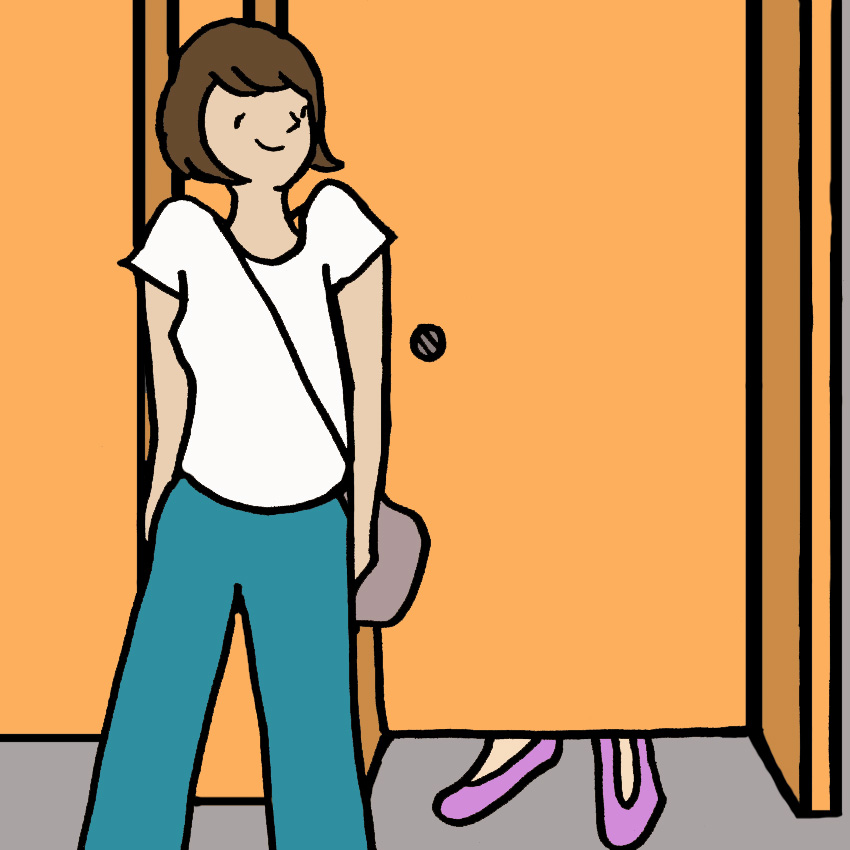
If you have to go, sometimes it's easier to go with someone. Take a trusted friend or family member with you.
Try chatting with them as you go for a distraction, and your friend's presence will also get you used to having people nearby and make the presence of others feel less threatening.
Shy Bladder Tip #8: Take It One Day At A Time
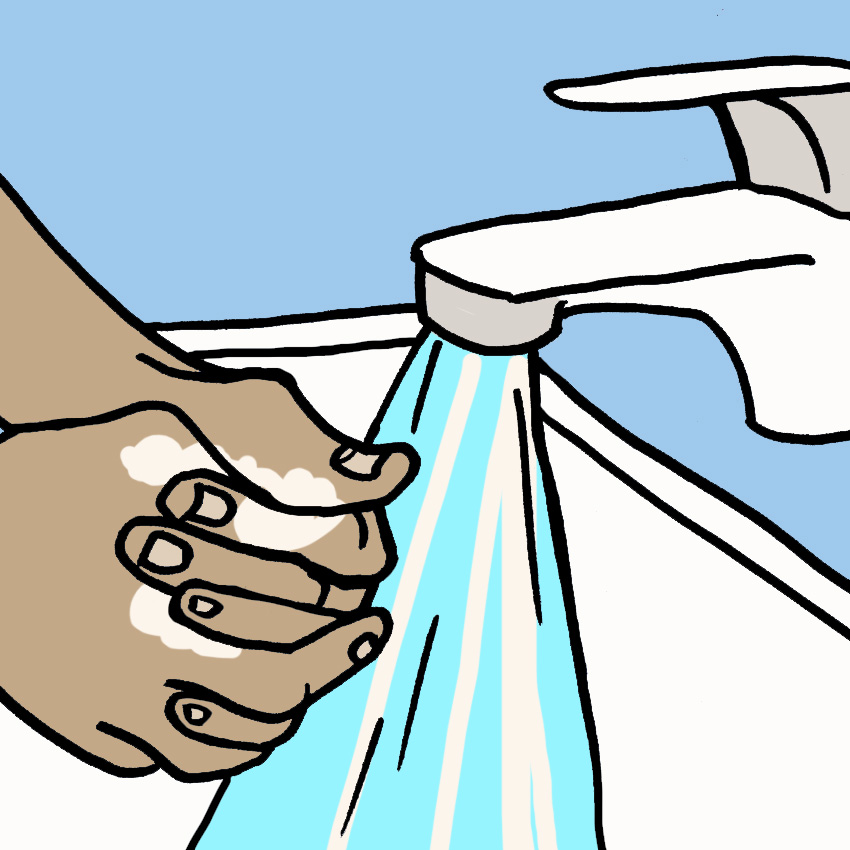
Paruresis is doubly challenging because it has both physical and mental symptoms, and many people feel embarrassed about having the issue.
But like anything else, it's all about learning new habits and getting comfortable in new settings.
Be gentle and forgiving with yourself, and take things one day at a time. Many people struggle with this issue, and it's nothing to be ashamed of.
Have you or a loved one ever struggled with this issue? What helped you? If we missed a tip, let us know in the comments, and SHARE to help someone else out!


